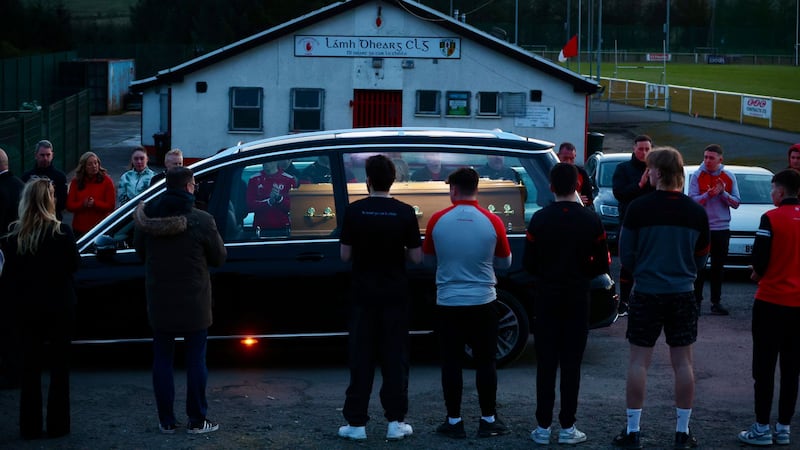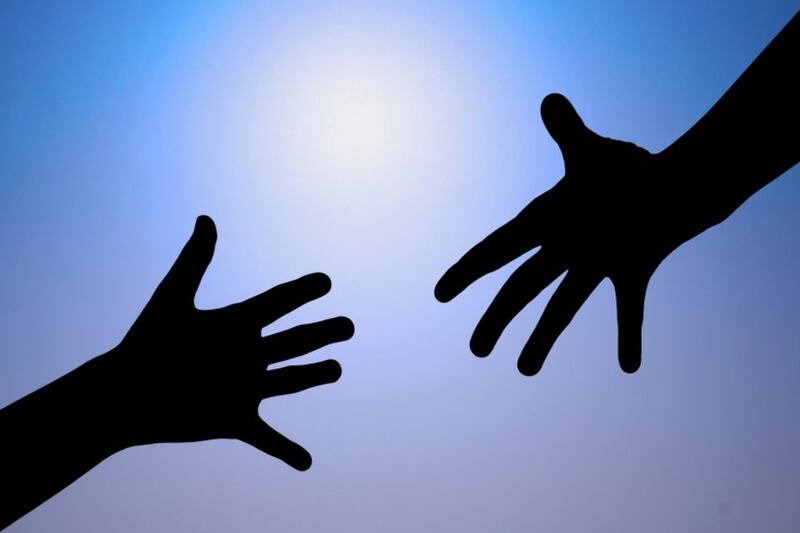Heroes who risk their lives for others may not always be the best people to have around when disaster strikes – at least that’s what a new study suggests.
Researchers who conducted computer simulations of a flooded subway found that survival rates were much higher when the strongest individuals put their own safety first.
When they acted the hero by going to the aid of weaker members of the group before thinking of themselves, both were likely to become victims.
“Foolhardiness is not a good strategy for rescuing,” said lead researcher Eishiro Higo, a civil engineering graduate student at the University of Waterloo in Ontario, Canada.
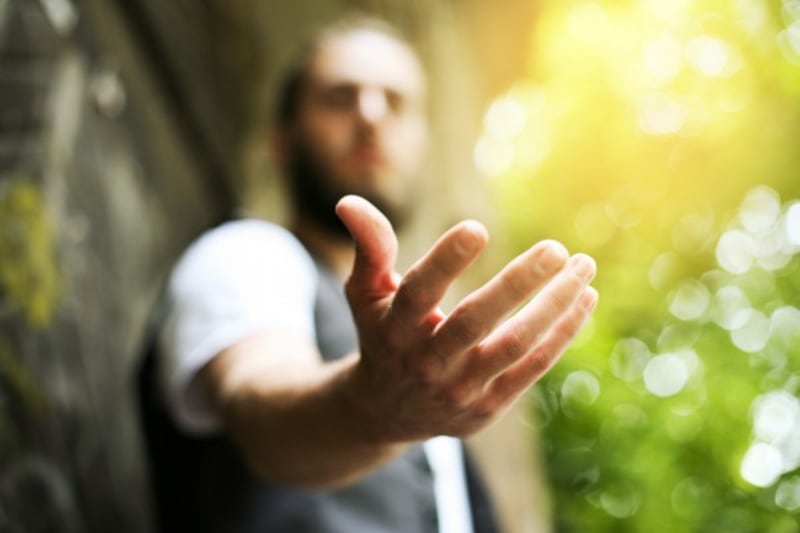
“In very critical situations, we have to be kind of selfish, but we can still help others if we have proper equipment and proper strategies.”
The team designed a computer model of an actual three-level underground space in Kyoto, Japan, consisting of a tube train platform, a car park and a shopping mall.
The model simulated severe flooding from a nearby river. A group of 30 people containing a mix of young adults and pensioners had to try to reach safety by climbing stairs from the platform level to the surface.
Three different evacuation strategies were repeatedly run with varying details such as the ratio of young adults to senior citizens.
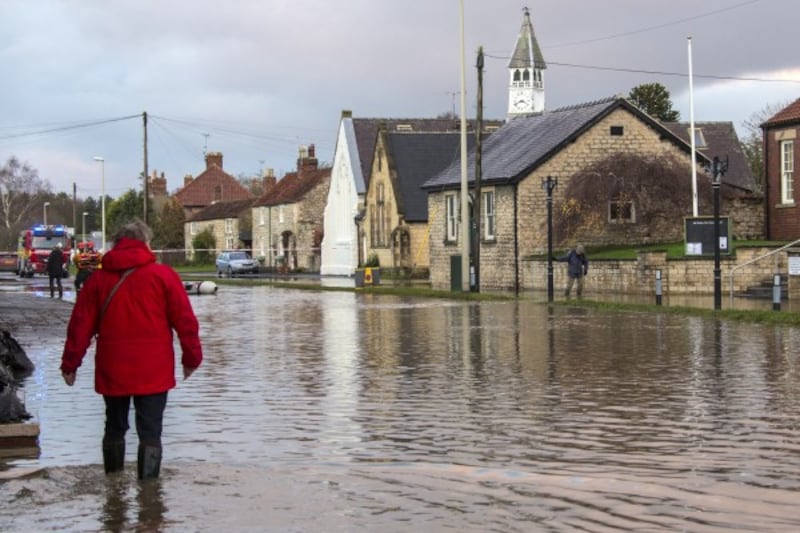
In one, people only tried to save themselves, while another saw members of the group working together, the stronger assisting the weaker.
For the third scenario, those capable of reaching safety got out first before throwing down a rope to others struggling to escape the rising flood water.
In most life-and-death situations the last strategy resulted in the highest overall survival rate.
Typically, 12 of the 30 people survived when the strongest members of the group escaped first, compared with just five for either of the other two simulations.
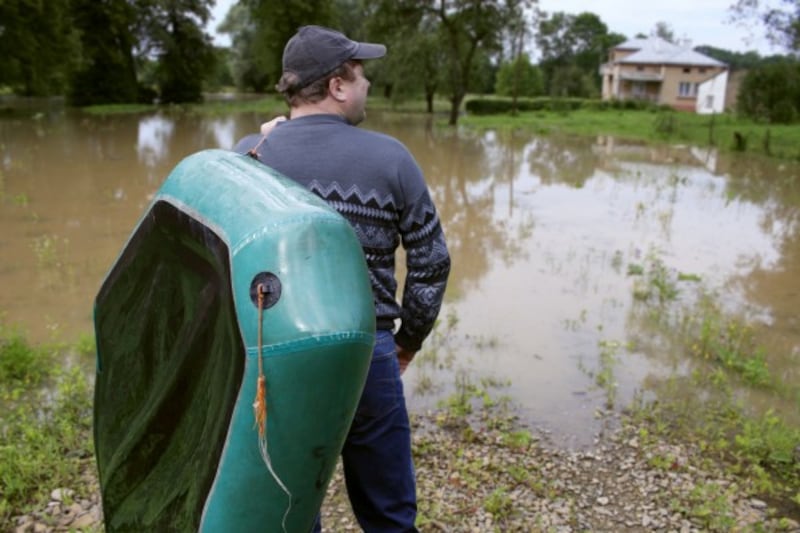
Higo said: “We have to identify what is brave and what is reckless. Helping people from a safe location is still good behaviour and the result is actually much better.”
The availability of simple tools for rescuers to use was also crucial to ensuring as many people as possible survived, said the researchers.
In addition, the death toll was reduced significantly through design features such as hand rails and raised areas on stairs where evacuees could brace themselves or rest.
The research is published in the journal Expert Systems With Applications.


